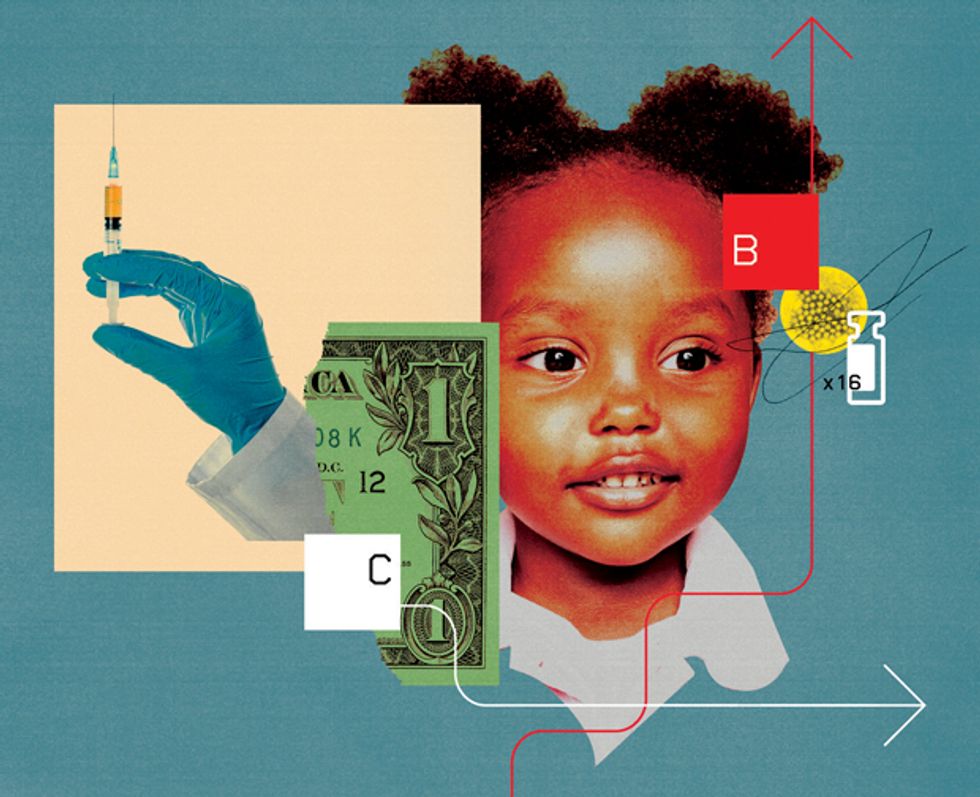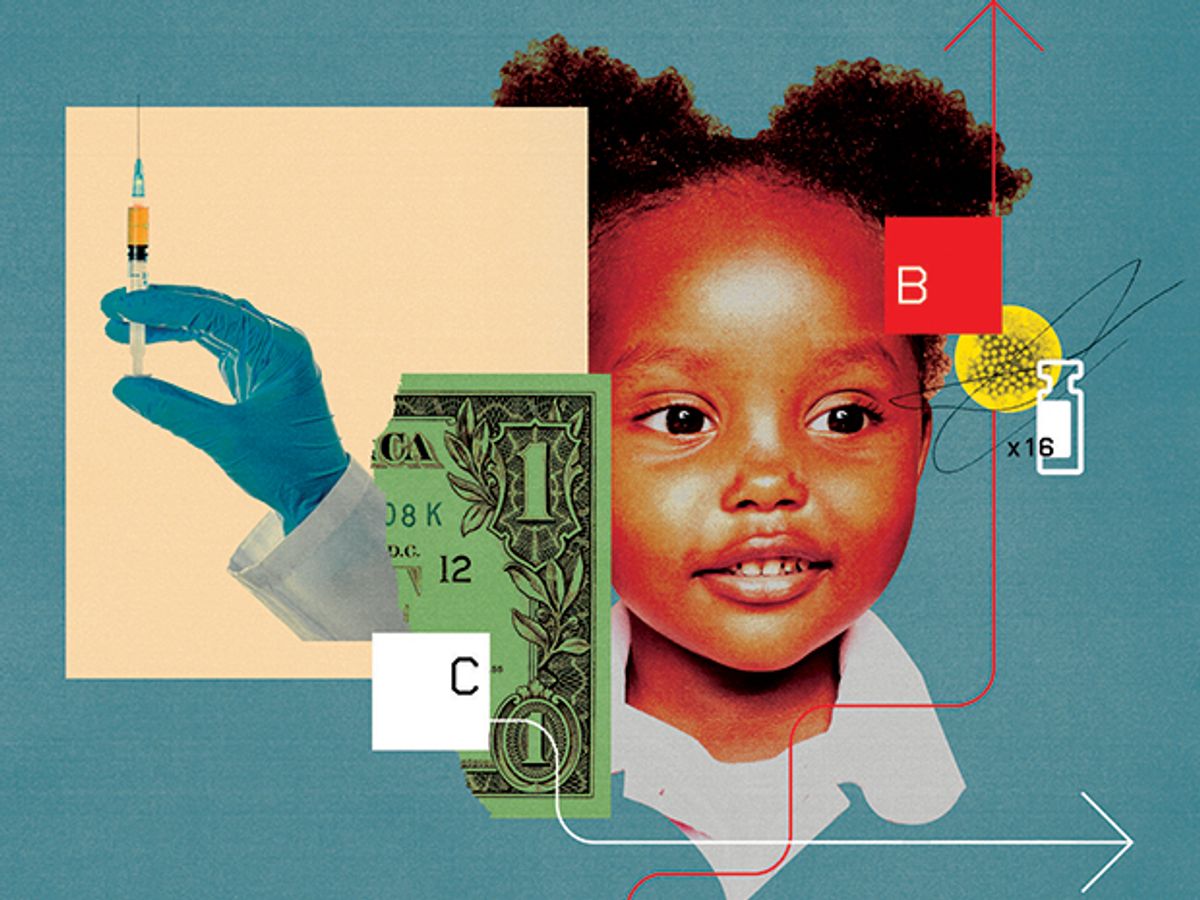
Death due to infectious diseases in infancy and childhood remains perhaps the cruelest fate in the modern world and one of the most preventable. Measures needed to minimize this untimely mortality cannot be ranked as to their importance: Clean drinking water and adequate nutrition are as important as disease prevention and proper sanitation. But if you judge them by their benefit-cost ratios, vaccination is the clear winner.
Modern vaccination dates back to the 18th century, when Edward Jenner introduced it against smallpox. Vaccines against cholera, anthrax, and plague were added before the First World War, and others against tuberculosis, tetanus, and diphtheria before the Second. The great postwar breakthroughs included vaccines against pertussis and polio (the 1950s), and Hib, or Haemophilus influenzae type B (1985). Today’s standard practice is to inoculate children with a pentavalent vaccine that prevents diphtheria, tetanus, pertussis, and polio as well as meningitis, otitis, and pneumonia, three infections caused by Hib. The first dose comes after six weeks of age; the other two follow at 10 and 14 weeks. Each pentavalent vaccine costs less than US $1, and every additional vaccinated child reduces the chances of infection among unvaccinated peers.
Given these realities, it has been always clear that vaccination has an extraordinarily high benefit-cost ratio but one that is not easy to quantify. Finally, thanks to a 2016 study supported by the Bill & Melinda Gates Foundation and conducted by U.S. health-care professionals in Baltimore, Boston, and Seattle, we can measure the payoff. The study’s focus was on the return on investment associated with projected vaccination coverage levels using 10 antigens required to prevent diseases in nearly 100 low- and middle-income countries during the second decade of this century, the Decade of Vaccines.
Benefit-cost ranges were based on the costs of vaccines and of their supply and delivery chains, on one hand, and on estimates of the costs of averted morbidity and mortality, on the other. This appraisal indicated a net return 16 times as great as the costs, with an uncertainty range of 10 to 25 times.
And when the analysis went beyond the restricted cost-of-illness approach and looked at broader economic benefits, it found the net benefit-cost ratio more than twice as high, reaching 44 times, with an uncertainty range of 27 to 67. The highest rewards were for averting measles: a 58-fold return, with a range from 29 to 105. The Gates Foundation released the finding of the 44-fold benefit in the form of a letter to Warren Buffett, the foundation’s largest outside donor. Even he must be impressed with such a return on investment!
But there is still some way to go. After generations of progress the basic vaccination coverage is now nearly universal, at around 96 percent, in high-income countries, and great advances have been made in low-income nations, where the coverage has risen from only 50 percent in the year 2000 to 80 percent in 2016. That still leaves an inexcusable gap.
The hardest part might be to eliminate the threat entirely. Polio is perhaps the best illustration of this challenge: The worldwide infection rate dropped from some 400,000 cases in 1985 to fewer than 100 by the year 2000, but in 2016 there were still 37 cases in violence-beset regions of northern Nigeria, Afghanistan, and Pakistan. And, as illustrated recently by the Ebola and Zika viruses, new infection risks will arise. Vaccines will remain the best way to keep them in check.
